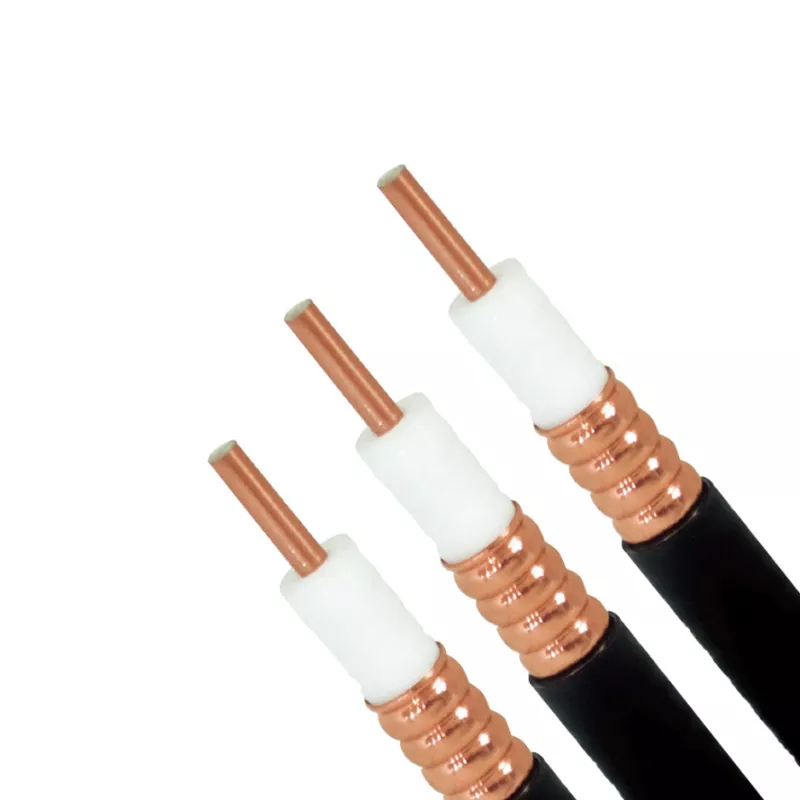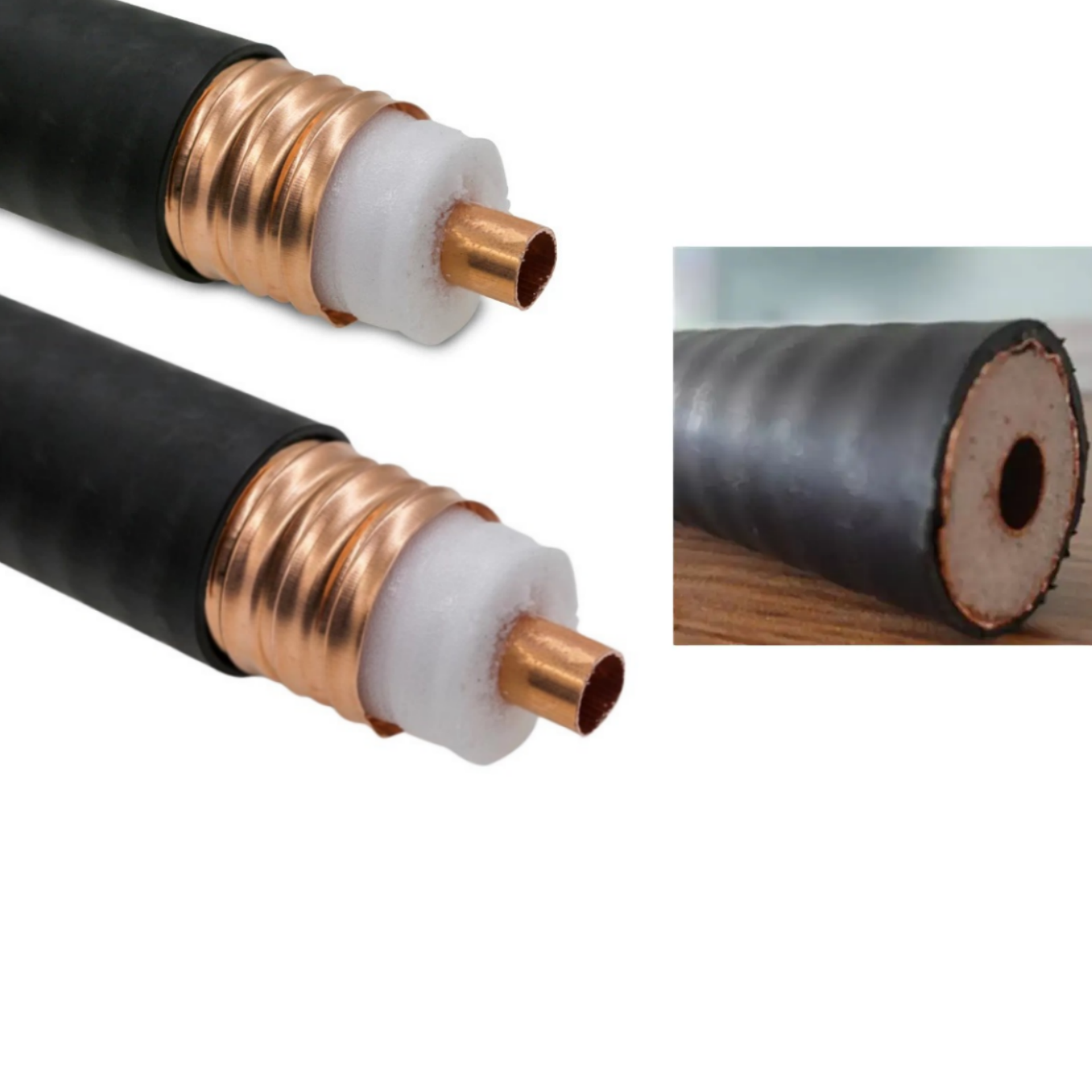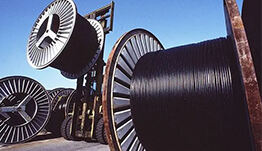Full analysis of the difference between 1/2 and 7/8 feeders
As a commonly used cable in the communication industry, the differences between 1/2 feeder and 7/8 feeder are mainly reflected in three aspects:

1、Core performance comparison
The 1/2 feeder (outer diameter 1.27cm) has a thin and soft body but significant line loss, making it suitable for short distance indoor wiring, especially for connecting equipment in computer rooms that require flexible wiring.
The 7/8 feeder line (outer diameter 2.22cm) is thick and hard with low line loss, designed specifically for long-distance transmission from base station antennas to feeder holes, with a bending radius of≥21cm.
2、Typical application scenarios
-1/2 feeder: Short distance scenarios such as main equipment and 7/8 feeder transfer sections, machine room jumpers, etc. are strictly prohibited for long-distance transmission.
-7/8 feeder: For outdoor scenarios such as tower base stations, installation requires metal clamps for fixation and windproof horizontal bars for reinforcement. The pipe mouth is protected with flame-retardant PVC sleeves, and the joints must be treated with three layers of waterproofing.

3、Key points of installation specifications
Bending restriction:
1/2 feeder≥12cm, 7/8 feeder≥21cm
Fixed standards:
1/2 Indoor horizontal fixed spacing 1-1.5m, vertical 0.5-1m
7/8 Outdoor bracket fixation should avoid high temperature and strong magnetic areas
Joint process:
1/2 feeder requires waterproof glue to tightly wrap, and screws should be tightened diagonally in three times to 3.5N.m
The gap between 7/8 feeders should be≤1mm, with a standing wave ratio of<1.1. Three layers of waterproofing are required: heat shrink tubing, waterproof adhesive, and self-adhesive rubber tape

4、Performance testing indicators
Standing wave ratio: 2.4GHz≤1.2, 3.5GHz≤1.15, fluctuation<0.05
Loss deviation: hundred meter error≤0.3dB, measured value deviation<5%
Environmental testing: The 7/8 feeder must pass a 48 hour test at 55℃high temperature and high humidity, withstand a level 12 typhoon, and have a fixed displacement of less than 1cm
Selection Guide:
Due to limited budget/short distance wiring, choose 1/2 feeder line
Choose 7/8 feeders for outdoor long-distance/high stability requirements
Focus on inspecting the joint process and waterproof treatment to avoid signal failures.
Hot News
-
What is RF coaxial connector? What are the characteristics and applications?
2025-07-01
-
BNC Connector
2024-07-22
-
SMA connector
2024-07-19
-
The difference between BNC connectors and SMA connectors
2024-07-03
-
What are the advantages of anti-interference coaxial cables
2023-12-18
-
Complete Guide to Basic Knowledge of Coaxial Connectors
2023-12-18
-
Why is the anti-interference ability of coaxial cables so strong
2023-12-18

 EN
EN
 AR
AR
 BG
BG
 HR
HR
 CS
CS
 NL
NL
 FI
FI
 FR
FR
 DE
DE
 EL
EL
 HI
HI
 IT
IT
 JA
JA
 KO
KO
 NO
NO
 PL
PL
 PT
PT
 RO
RO
 RU
RU
 ES
ES
 TL
TL
 IW
IW
 ID
ID
 VI
VI
 HU
HU
 TH
TH
 TR
TR
 FA
FA
 MS
MS
 UR
UR
 HA
HA
 JW
JW
 LA
LA
 MY
MY
 KK
KK
 TG
TG
 UZ
UZ
 AM
AM
 PS
PS

